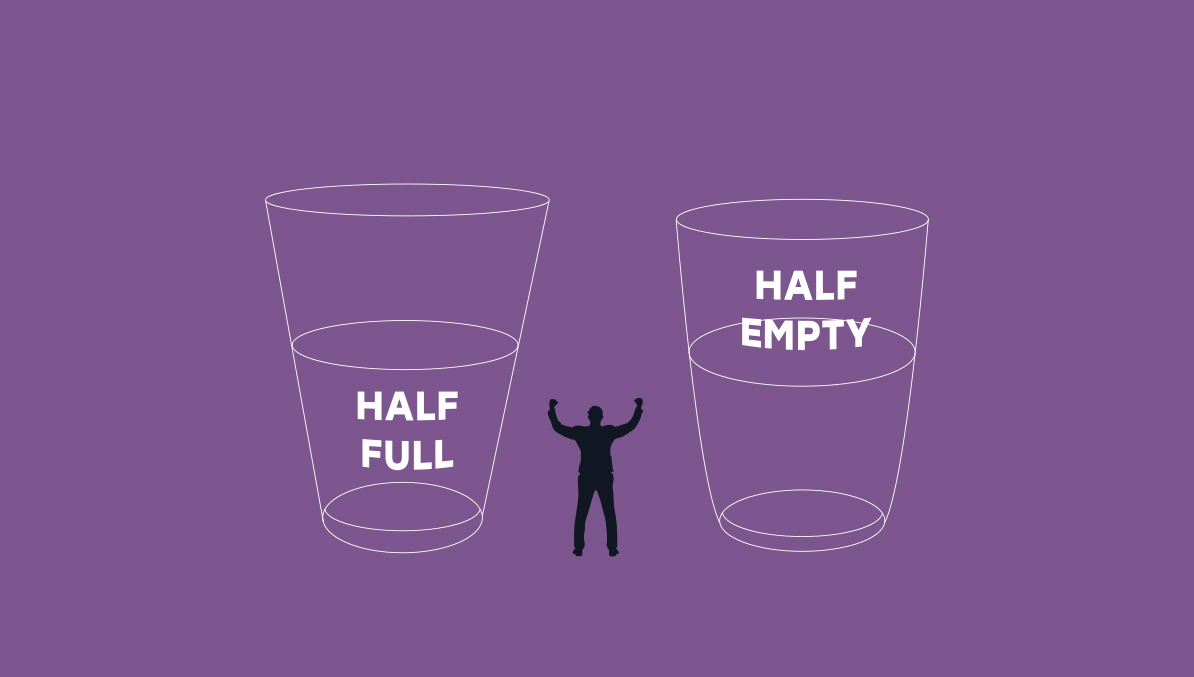How Consumer Perception of AI Has Evolved
ChatGPT has changed everything. Although it’s not the only AI tool, it did kick off a generative AI explosion as various companies raced to leverage the technology. As a result, consumer perception of AI has evolved significantly in just a couple years – with big implications for companies and the services they deliver.
Old Chatbots Now Look Archaic
Anyone can access ChatGPT and use it to answer questions, write essays, create customized grocery shopping lists, and do much more. There are also other tools, such as Grok on X (formerly Twitter). Even Google search results now often start with AI responses.
Compared to these new tools, old-fashioned chatbots look downright archaic. Despite their extremely limited capabilities, some companies still use these old chatbots – and their customers are unhappy about it.
In a 2022 survey from UJET, 78% of consumers said they needed to connect with a human after using a chatbot, 63% said the chatbot did not provide a solution, and 72% believed that using a chatbot for customer service was a waste of time.
But that was two years ago. According to Inc., as the technology advances, it is becoming increasingly difficult for people to tell whether they’re talking to AI or a live human.
In the past, automated tools like chatbots were considered a nuisance because they didn’t work well. Since new programs provide much better results, it follows that consumers will have a better opinion of them – assuming companies adopt them.
Familiarity Breeds Comfort
People are often distrustful of the things they don’t understand. For many people, this includes AI. However, with AI becoming an increasingly common part of daily life, this distrust is starting to ebb.
Not that long ago, if you asked the average person to describe artificial intelligence, they might have talked about an all-powerful, villainous entity straight out of science fiction. These days, most people are familiar with generative AI tools, and this new familiarity breeds comfort, rather than contempt.
A Salesforce study of consumers in the U.S. found that 45% of the people are currently using generative AI. Among younger people, usage is even higher. It’s therefore unsurprising that younger people also tend to be more accepting of AI involvement in insurance. Policygenius asked people how they feel about insurers using AI to handle applications, customer service, and claims. A third of home, auto, and renters insurance customers said they would trust AI without human oversight in at least one part of the customer journey, whereas 15% said they would trust AI to handle the complete experience. People aged 18 to 34 are three times more likely to trust the accuracy of AI than people aged 55 or older.
As ever more people begin using AI in their own lives – and as young people grow up with AI as an established tool – these perceptions will continue to evolve.
Expectations Evolve with Technology
Over the past century, we’ve already experienced dramatic changes in the time required to receive mail, deliver payments and access information.
As AI infiltrates more aspects of our lives, accelerated timeframes will become the norm. This will undoubtedly affect insurance processes. From quote requests to claims, insurance customers will demand a speed that is only possible with AI-driven technology.
This new normal isn’t a “five years from now” scenario. AI is advancing rapidly, and consumer expectations are changing as quickly as the technological breakthroughs.
Insurers need to keep up.
A New Risk Selection Paradigm
With AI, the auto insurance risk selection paradigm has changed, creating an opportunity to capture more profitable business within every business segment. With Soteris, insurers can apply new capabilities to the old challenge of risk selection. The result is a faster, more efficient, more accurate process that enables auto insurers to confidently grow.




